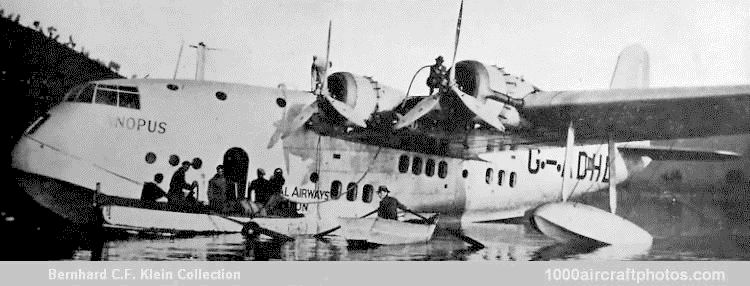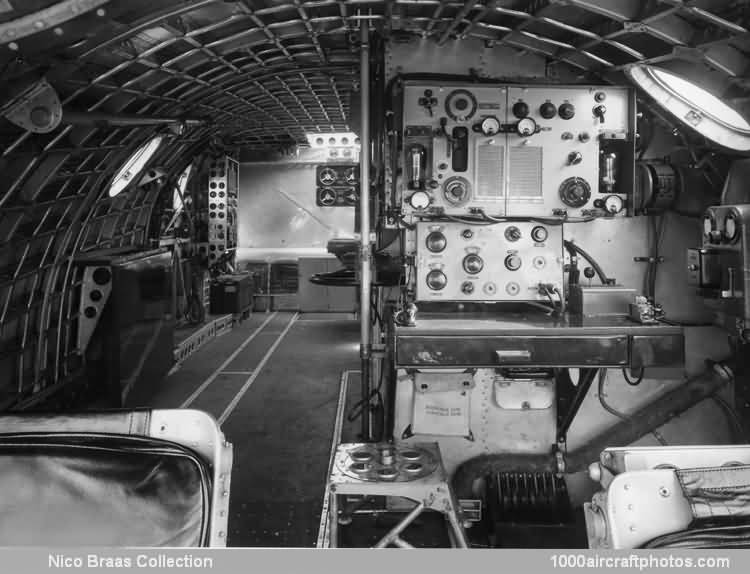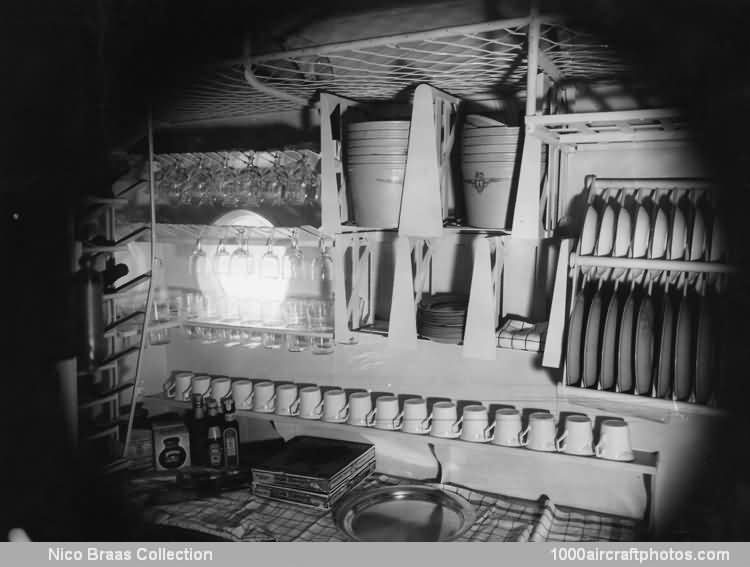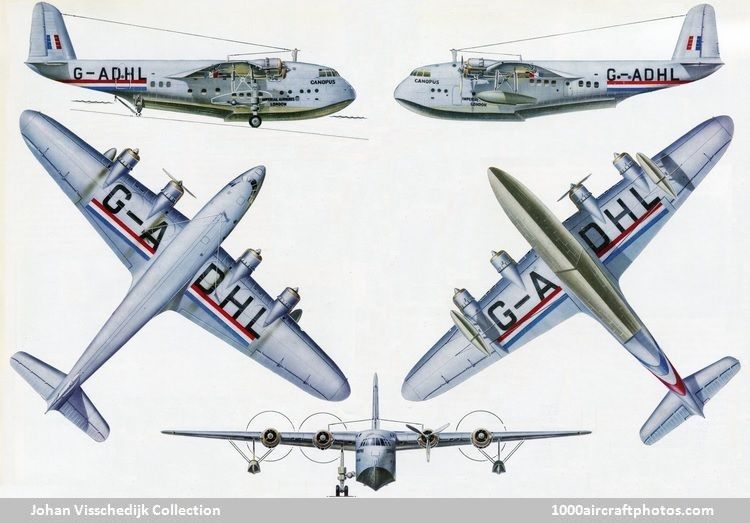BERNHARD C.F. KLEIN MEMORIAL COLLECTION
No. 8018. Short S.23 (G-ADHL c/n S.795) Imperial Airways "Canopus"
08/31/2014. Remarks by
Johan Visschedijk: "In 1934 the British Government announced the Empire Air Mail Program under which most first class mail for British territories was to be carried by air without surcharge. Imperial Airways invited Shorts' proposals for an improved Kent biplane flying boat to carry 24 passengers and 1.5 tons of mail, and cruise at 150 mph (241 kmh) over an 800 mls (1,287 km) stage. The Air Ministry had also invited Shorts to tender for a four-engined long-range flying boat.
After studying biplane designs, Shorts submitted clean high-wing cantilever monoplanes to meet both requirements. These were the S.23 (better known as the Empire Flying Boat, but also referred to as 'C' Class Flying Boat) and the
S.25 Sunderland). Imperial Airways ordered 28 S.23s, Qantas ordered three, and the Air Ministry a prototype Sunderland. Two of Imperial Airways' aircraft were to be built as long-range aircraft for North Atlantic trials.
The S.23 was of very advanced design with a deep hull, single fin and rudder, cantilever wing with camber-changing flaps, and fixed wing tip floats. The four fully-cowled 920 hp Bristol Pegasus XC engines were mounted on the leading edge and drove three-blade propellers. The lower deck contained four passenger cabins with an initial total of 24 seats and the flight-deck and mail hold were on the upper deck.
Radio station (right), mail-bags stowage (left) (
Nico Braas Memorial Collection))
Steward's pantry (
Nico Braas Memorial Collection))
The first of the 'C' Class flying boats for Imperial Airways was launched on the Medway at Rochester, Medway, UK, on July 2, 1936. Registered as G-ADHL and named Canopus, it made its first flight on July 4, 1936, with Shorts' Chief Test Pilot, John Lancaster Parker at the controls. Imperial Airways' Air Superintendent, Squadron Leader H.G. Brackley made the first flight on behalf of the airline on September 17, while the aircraft received its
CofA on October 20.
On October 22, flown by Brackley, the Canopus was ferried from London to Alexandria (Egypt) via France (Candebec, Hourtin, Marseille), Italy (Lake Bracciano, Brindisi), and Greece (Athens, Mirabelle). The first C Class scheduled flight on Imperial Airways' trans-Mediterranean route from Alexandria to Brindisi was made on October 31, the first southbound service took place on November 2, 1936. Canopus flew the first through service from Southampton (UK) to Durban (South Africa) in June 1937. The Canopus flew some 2,800,000 mls (4,506,163 km) during its career that ended when it was broken up in November 1946."
On June 26, 1938, two other S.23s, Camilla (G-AEUB c/n S.844) and Cordelia (G-AEUD c/n S.846), left Southampton to inaugurate flying boat services to Australia, Challenger (G-ADVD c/n S.821) taking over at Singapore on July 2. The type maintained essential services during the war, undertook some military duties in Europe and the Mediterranean and played a major role in the Pacific war.
Nine heavier Perseus-engined S.30s were built, and four were equipped to enable flight refueling for North Atlantic operation. In 1938 three high-weight S.33s were ordered to replace aircraft lost in accidents. Two were launched at the end of April 1940 but the third was not completed."



